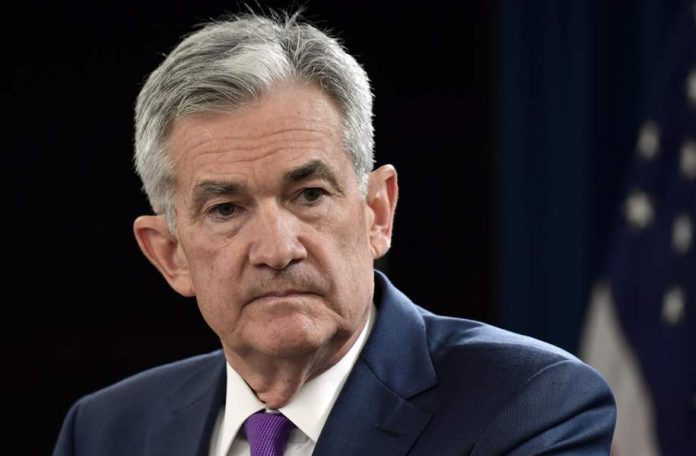Stocks traded lower this morning following a stunning inflation print that surpassed even the highest expectations. The major indexes all opened lower before rising modestly through noon in response. Overall, though, the market remained down relative to yesterday’s bullish blast.
The January Consumer Price Index (CPI) jumped 7.5% year-over-year (YoY), easily beating the consensus estimate of 7.2%. That’s the highest CPI reading since February 1982, back when the federal funds rate sat at an eye-popping 11.50%. These days, the current rate is virtually 0%.
Core CPI (which excludes gas and groceries) also beat expectations, rising 6.0% YoY vs. 5.9% estimated.
That means inflation was hotter than expected last month even when surging energy prices were removed from the equation. This is something we touched on following the release of the December CPI, which matched the consensus estimate thanks to subdued oil prices. We observed that a spike in gas would ultimately doom the January headline number. That prediction came true this morning.
And January’s core CPI beat only makes things worse as a rate hike assumedly approaches in March.
“With another surprise jump in inflation in January, markets continue to be concerned about an aggressive Fed,” explained LPL Financial strategist Barry Gilbert.
“While things may start getting better from here, market anxiety about potential Fed overtightening won’t go away until there are clear signs inflation is coming under control.”
In addition to finding out that inflation is still running red hot, Investors also learned that JPMorgan’s CPI “whisper” from yesterday was total bunk. Someone fed the Wall Street bank bad data either intentionally or on purpose.
Regardless, it’s proof that nobody should make investment decisions based on anonymous tips.
Outside of gas, the January CPI data also showed a troubling increase in food costs, which jumped a whopping 0.9% month-over-month (MoM) and 7% YoY. Meanwhile, supply chain issues likely contributed to the rising costs of several categories of goods, including a 1.6% MoM spike in household furnishings.
“[The data] underlines our view that a rapid cyclical acceleration in inflation is underway and, with labor market conditions exceptionally tight, it is unlikely to abate any time soon,” wrote Capital Economics’ Andrew Hunter.
“While we still expect more favorable base effects and a partial easing of supply shortages to push core inflation lower this year, this suggests it will remain well above the Fed’s target for some time.”
Hunter continued, adding:
“With core CPI inflation hitting a new high of 6.0%, there was little to cheer about in the rest of the report. The 0.6% gain in medical care services prices may also have reflected Omicron disruption, and prescription drug prices also saw an unusually large gain.”
In other words, inflation was up across the board last month. That makes the January CPI reading a particularly bad one, as many investors were hoping for a low inflation number to push back the Fed’s rate hike schedule.
Now, though, Fed Chairman Jerome Powell has even more evidence to proceed with an aggressive series of hikes.
At least, until the market/economy go “belly up” (likely at the same time) in response and Powell feels pressured to reduce rates once more.








